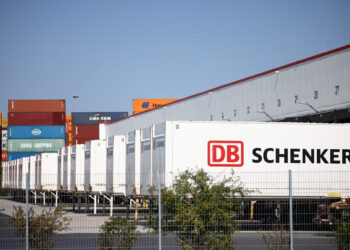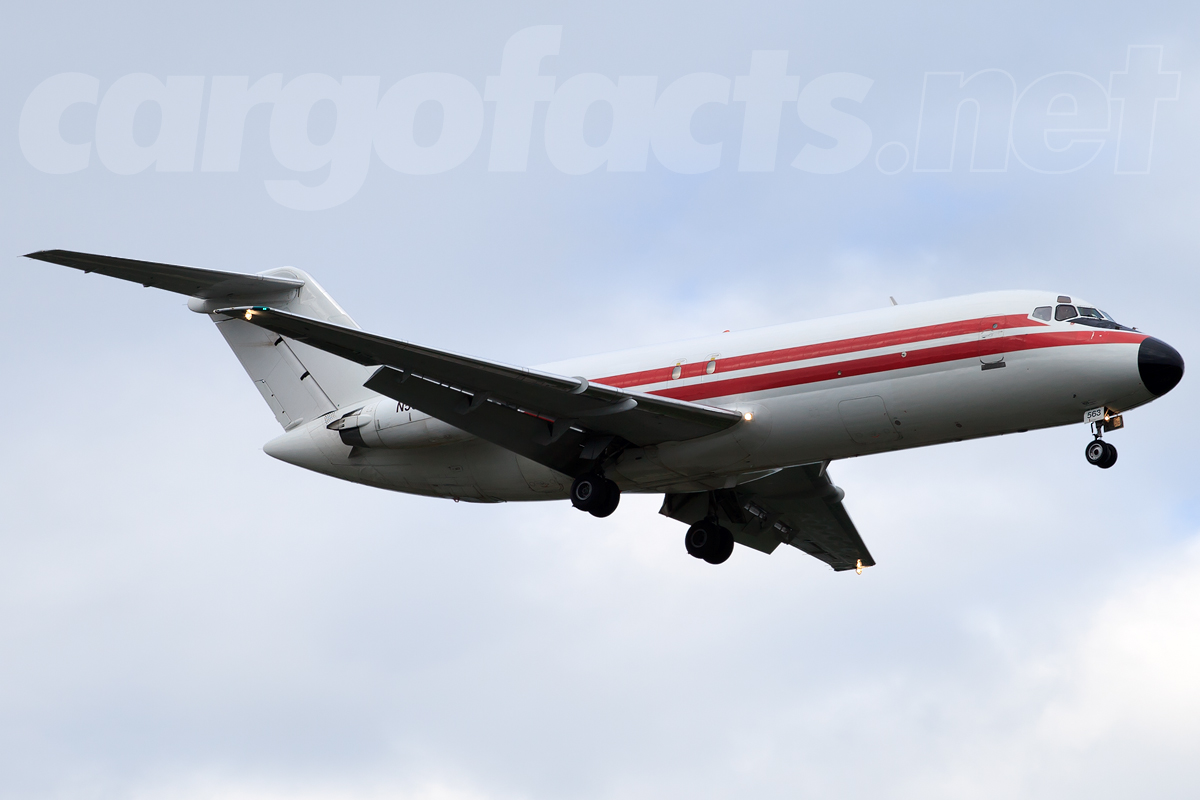Capacity and the ‘network effect’
Yesterday’s teleconference on the threat of an oversupply of main-deck freight capacity was a good one, and generated some interesting discussion in the Q&A session which followed. But I’d also like to share some of my own thoughts about what I call the “network effect,” which is already changing the way air freight moves.
Obviously, a short teleconference is not going to offer anything like complete analysis of an issue as complex as this one, and those interested in the subject would do well to purchase a copy of the full report prepared by Air Cargo Management Group (ACMG, Cargo Facts’ parent).
In the June issue of Cargo Facts I offered an analysis of the current production freighter backlog, which at that time stood at 221 units. In my conclusion, I pointed out that the increase in belly freight capability of the current and next generations of widebody passenger aircraft (A330, A380, 787, 777, and 747-8, and the coming A350) was significant when compared to their predecessors, and that they were being ordered in huge numbers. As I said in that piece, “a look at the backlogs for these types, and a bit of back-of-the-enveolpe math, tells us that the 2,240 units on order will bring into service the cargo payload equivalent of about four hundred and fifty 777Fs.”
That’s a lot of capacity. But there is more to it than just the number of pallet positions. I am referring to what I have christened the “network effect.” By this I mean that the value of all that capacity doesn’t lie just in its existence, but rather in the level of connectivity it offers. The emergence of long-haul supercarriers like Emirates has meant that no city of any size is much more than 36 hours from any other city, anywhere. You want a multi-tonne shipment of cherries from Washington State delivered to Moscow while they’re still fresh? Once upon a time, that would have required a freighter charter, but now it’s just a routine shipment in the belly of a 777 passenger plane.
And the same goes for hundreds of city pairs everywhere. As the big carriers get more and more of the new passenger widebodies, and expand their networks, they eventually cross a threshold that allows cargo connectivity on a whole new level. Consider Emirates: The Dubai-based carrier now operates 167 current-generation widebody passenger aircraft to a huge number of destinations. But the belly capacity and network it has now, while vast, is nothing compared to what is coming. Emirates has 220 more pax widebodies on order. Even allowing for some retirements, this will give it a widebody passenger fleet of over 350 units, in which the minimum belly capacity is 15 tonnes, and which will include 120 777-300ERs with a capacity of over 30 tonnes each.
But again, it is not just the capacity, but the network that is important. The ability to carry serious tonnage from anywhere to anywhere, in about 36 hours, every day of the year. (Something the integrators are increasingly leveraging in their move into the general freight business.)
Now, having said that, I should also point out that there will still be a need for plenty of long-haul freighters. Consider the recent transfer of a tremendous amount of electronics manufacturing to Chengdu and Chongqing. The computers and phones and other equipment being built there require air shipment, and the quantity is so staggering that there is no way it can move on passenger aircraft. Ditto for flowers from South America and Africa at certain times of the year. Or Beujolais Nouveau every November. Or anything too high to fit on the lower deck of an A330 or 777. Or dozens of other special cases.
But to take advantage of that demand, freighter operators are going to have to bring their “A” game. If they don’t, they’ll be gone.





